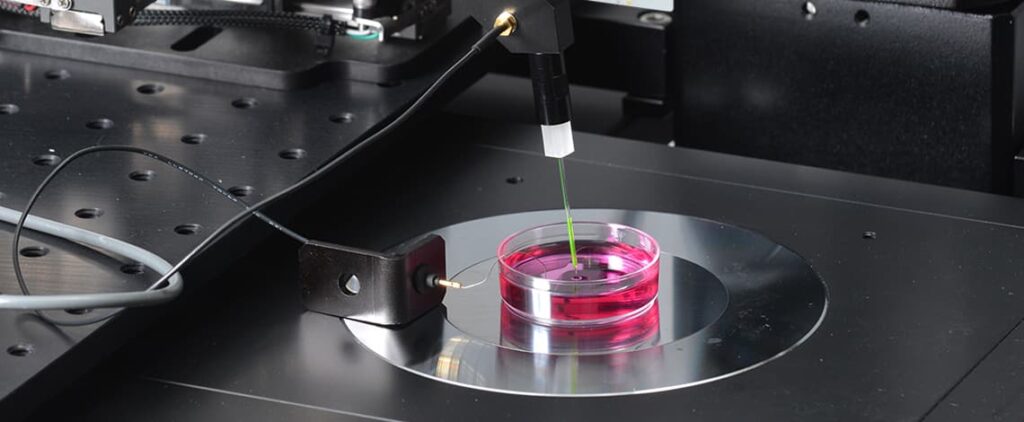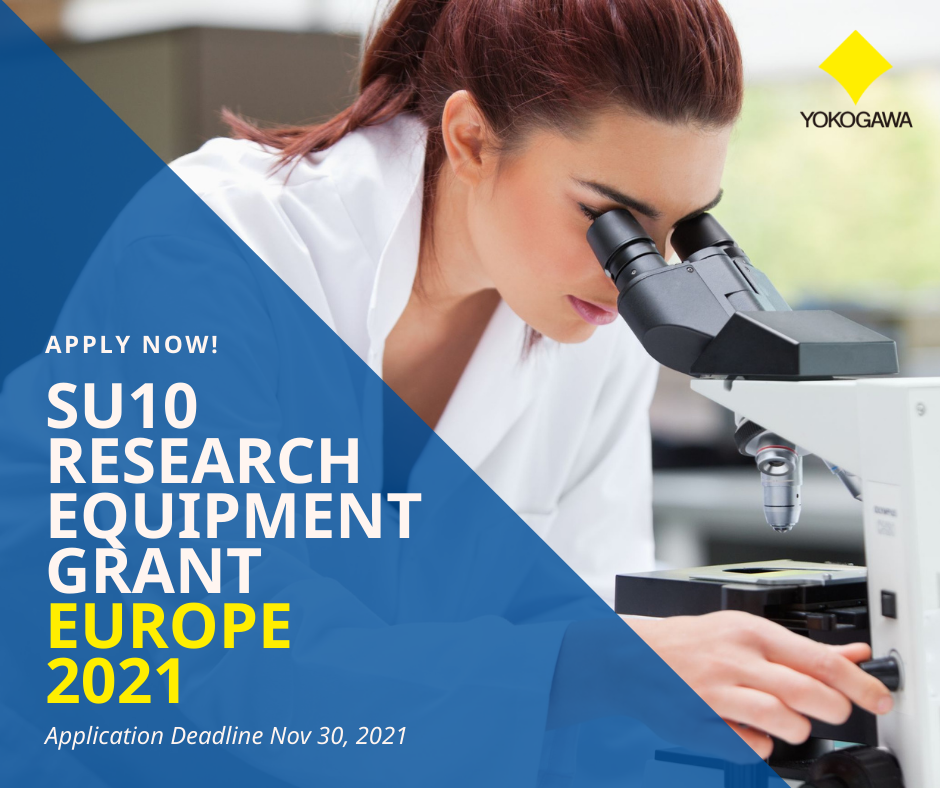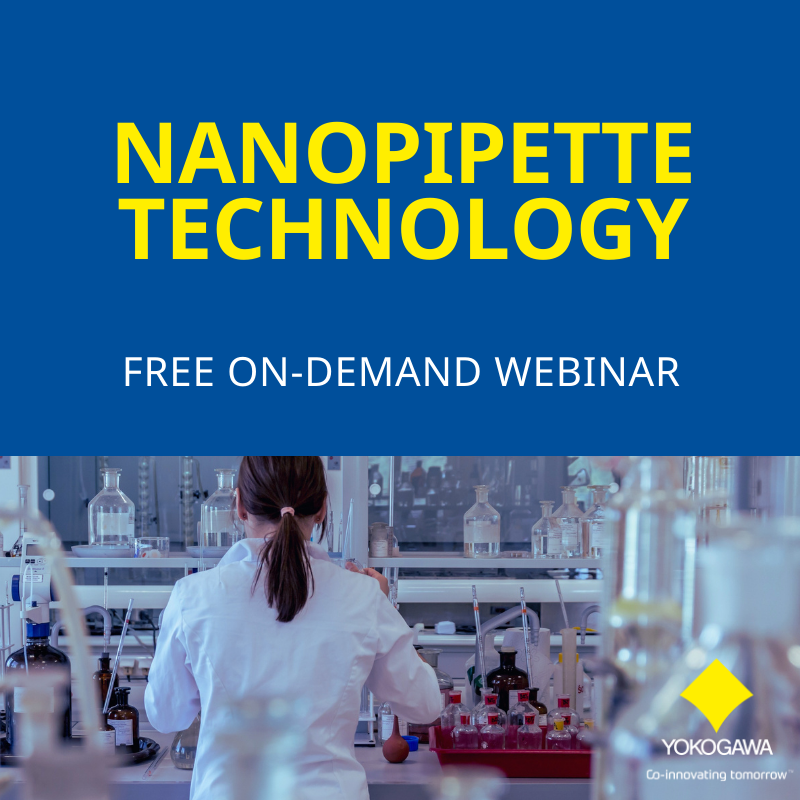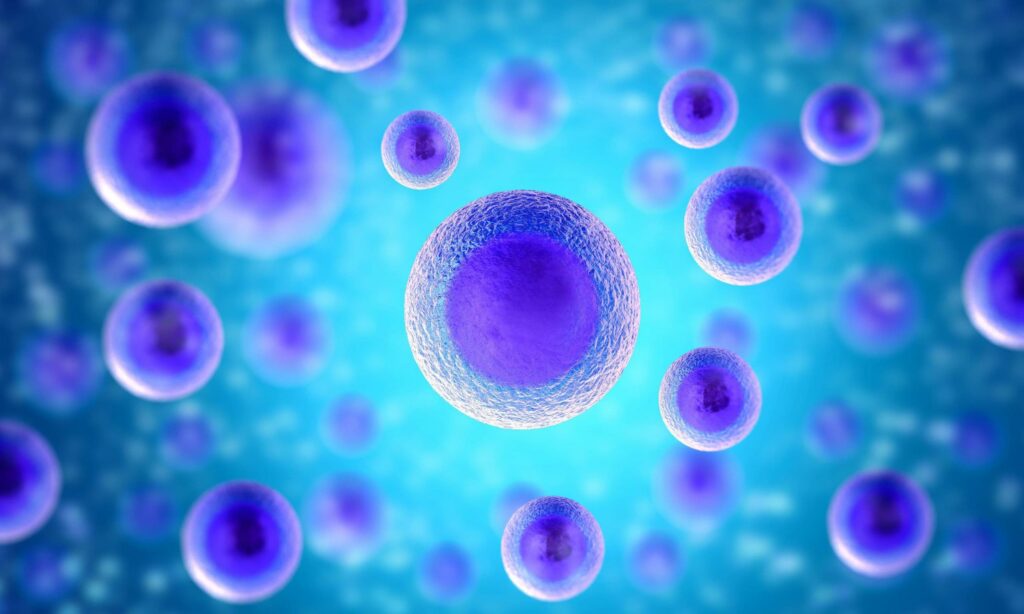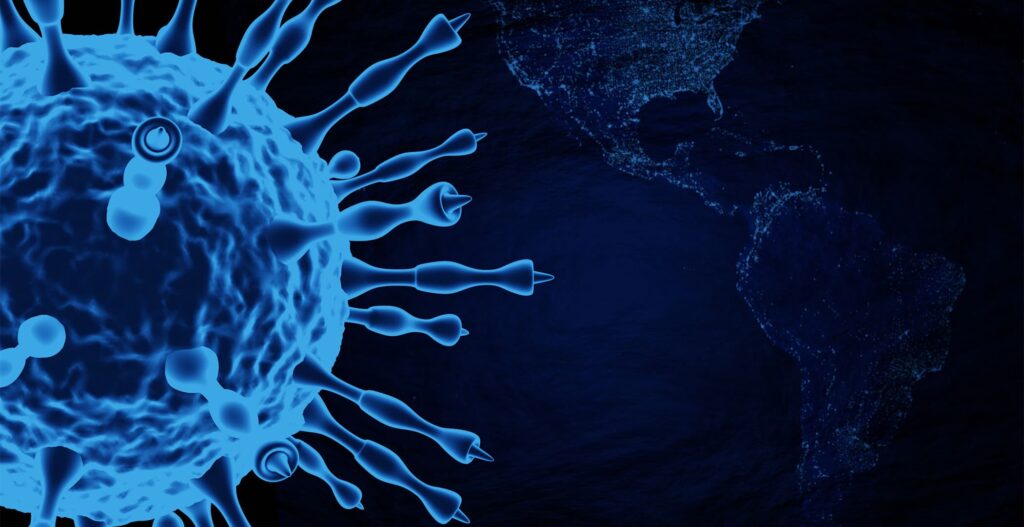Genome editing is a technology that enables the specific editing of any sequence of an organism’s genome. In order to knockout, knock-in, single nucleotide editing, etc. But the delivery of genome editing tools to knockout target genes can be very time-consuming and difficult.
The development of technologies that enable the reliable introduction of genome editing tools into cells is therefore very crucial. Yokogawa has developed the Single Cellome™ Unit SU10 which is able to introduce genome editing tools into cells that are applicable to a variety of cell types.
You can take advantage of our Single Cellome™ Unit SU10 from Yokogawa to identify your cell of interest and manipulate it. The manipulation works by the delivery of CRISPR-Cas9 gene-editing tools directly into the nucleus.
Functions of SU10
The SU10 is a nanopipette-based tool for efficient and controlled delivery of material (such as CRISPR-Cas9 complex, RNA, proteins) into the nucleus or cytoplasm of single cells in a highly automated manner.
The CRISPR-Cas9 complex can be delivered directly into the nucleus of a specific target cell in a minimally invasive manner through the utilized glass pipette in the nanometer range (approx.100 nm).
https://youtu.be/AcbEmEfLOZQ” title=”Introducing Single Cellome™ Unit SU10
Use-case of single-cell delivery
Our collaborators at Tokyo University in the Department of Applied Biological Science could prove the knockout (KO) efficiency when SU10 was used to introduce Cas9-sgRNA ribonucleoprotein (RNP) into cells. Cas9 RNP that targets the GFP gene was injected into GFP-expressing HeLa cells, and the success or failure of GFP gene disruption by genome editing was determined using the loss of the GFP fluorescence signal as an index. They obtained a knockout efficiency of over 70% which is improved compared to other delivery systems such as nanoneedle-array (Takeshi Kobayashi and Chikashi Nakamura et al 2019, Appl Sci). Especially the delivery of material into cells that are hard-to-transfect can be a benefit by using SU10.
[vc_cta h2=”SU10 Research Equipment Grant Europe 2021″ color=”peacoc” add_button=”bottom” btn_title=”Learn more” btn_color=”warning” btn_link=”url:https%3A%2F%2Fcp.yokogawa.com%2FSU10-Research-Equipment-Grant.html%3Fid%3Dblog%26_ga%3D2.208118802.1686058816.1630478262-2010695926.1626940964|target:_blank”]
Would you like to try our solution for single-cell manipulation, SU10, for six months for free? Bring your research to the next level? Don’t hesitate and apply today.
Submissions are open until November 30, 2021. [/vc_cta]
How does the SU10 method differentiate from conventional transfection methods?
In contrast to many conventional transfection methods, no toxic compounds are necessary to allow the complexes to enter the cell. Another manipulation method, the microinjection suffers of several limitations: It is a low-throughput and low-yield process, and it requires a high level of skill and significant practice to master. Unlike traditional micropipette injection techniques, the method relies not on pressure, but on applied voltage to expel liquid from the nanopipette. The distance of the nanopipette from the surface is controlled by applying a constant voltage between an electrode in the pipette and another electrode in the bath.
The detection of the cell surface and the penetration are based on scanning ion conductance microscopy.
Two steps are conducted:
1. The integrated software controls the movement of the nanopipette. It continues to approach the cell until a drop in the ionic current is detected, indicating the tip is at close proximity to the surface of the cell.
2. The voltage applied to the nanopipette is then switched to inject the material into the cell.
The whole process is fully automated and therefore very easy to handle.
Do you want to explore more?
Please read more about our SU10 in SelectScience Sept 1. 2021 – Gene Editing & CRISPR Special Feature: Single Cellome™ Unit SU10 from Yokogawa Life Innovation | SelectScience
[vc_cta h2=”Nanopipette Technology – A new Tool for Single-Cell Analysis” h4=”On-Demand Webinar” color=”peacoc” add_button=”bottom” btn_title=”Watch now” btn_color=”warning” btn_link=”url:https%3A%2F%2Fcp.yokogawa.com%2FNanopipette-Technology.html%3Fid%3DBlog_Banner_LIB|title:Register%20for%20free%20on-demand%20webinar|target:_blank”]
In this Innovation Showcase, Prof. Nader Pourmand (University of California Santa Cruz) discuss the incorporation of electrical measurements into nanopipette technology and present results showing the rapid and reversible response of these subcellular sensors to different analytes such as antigens, ions, and carbohydrates.
[/vc_cta]
